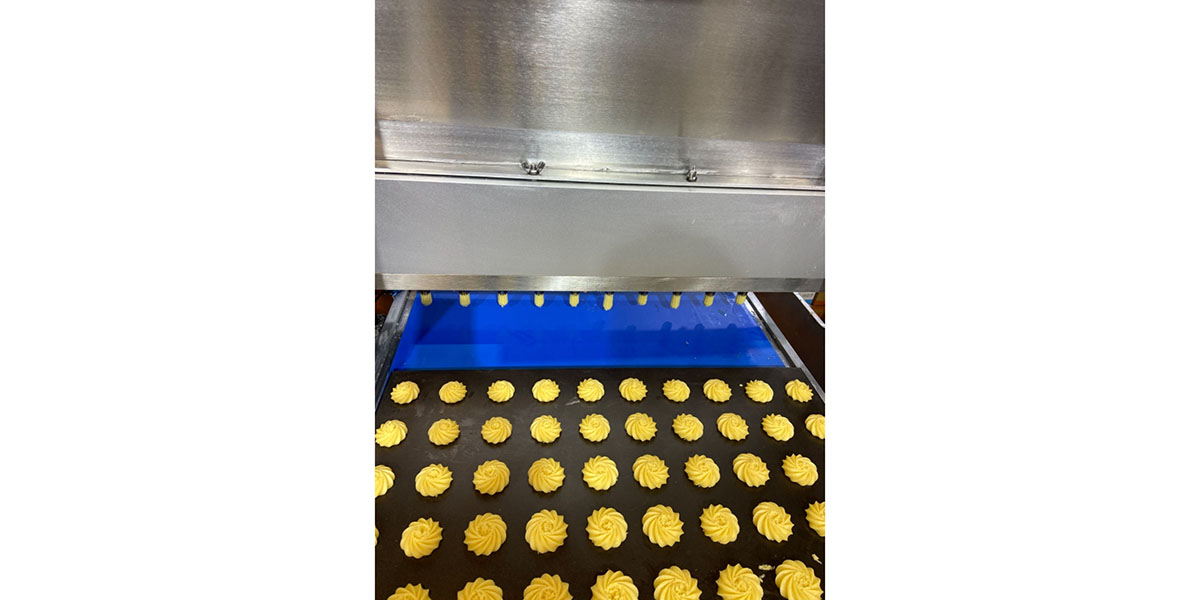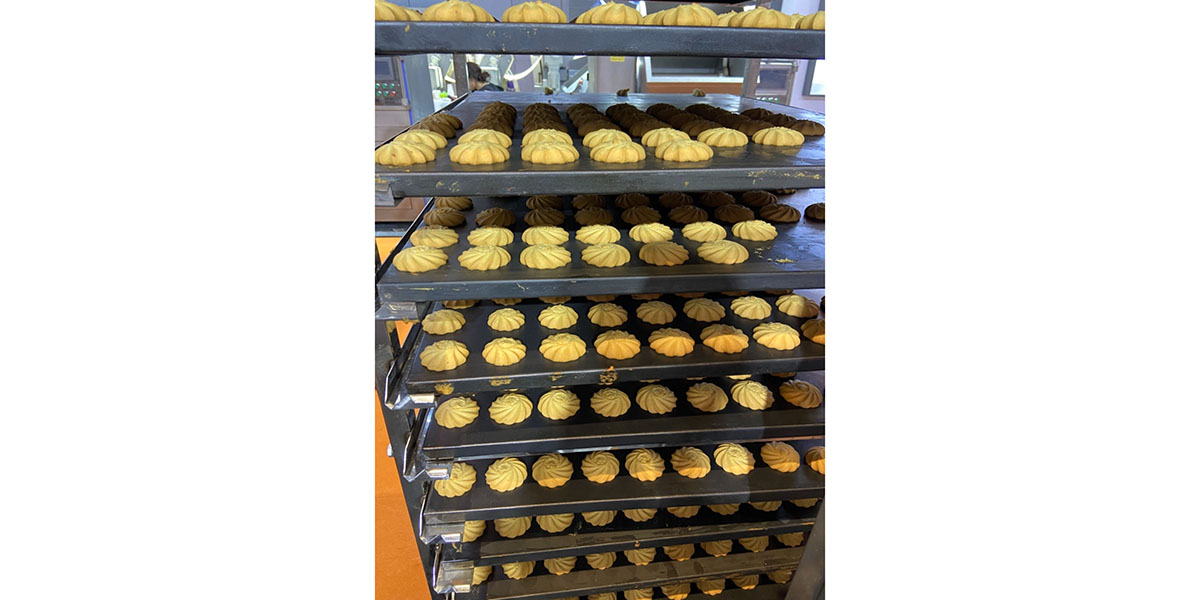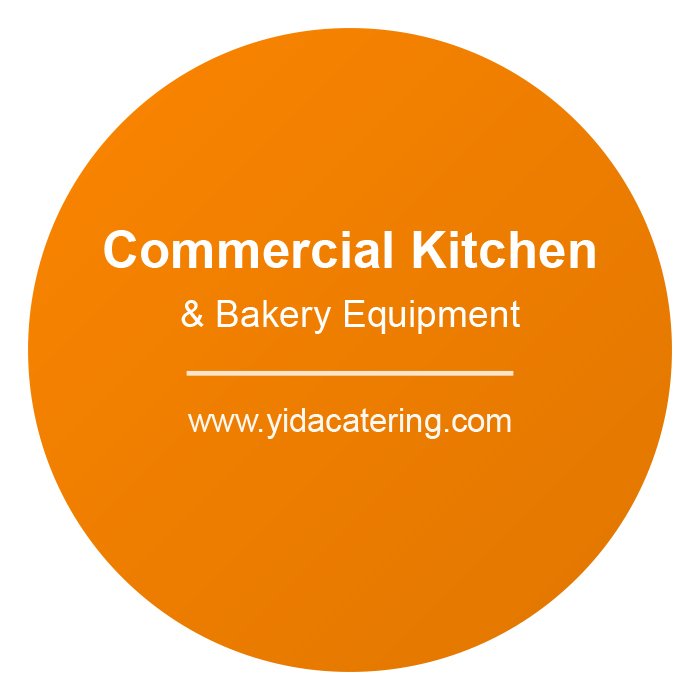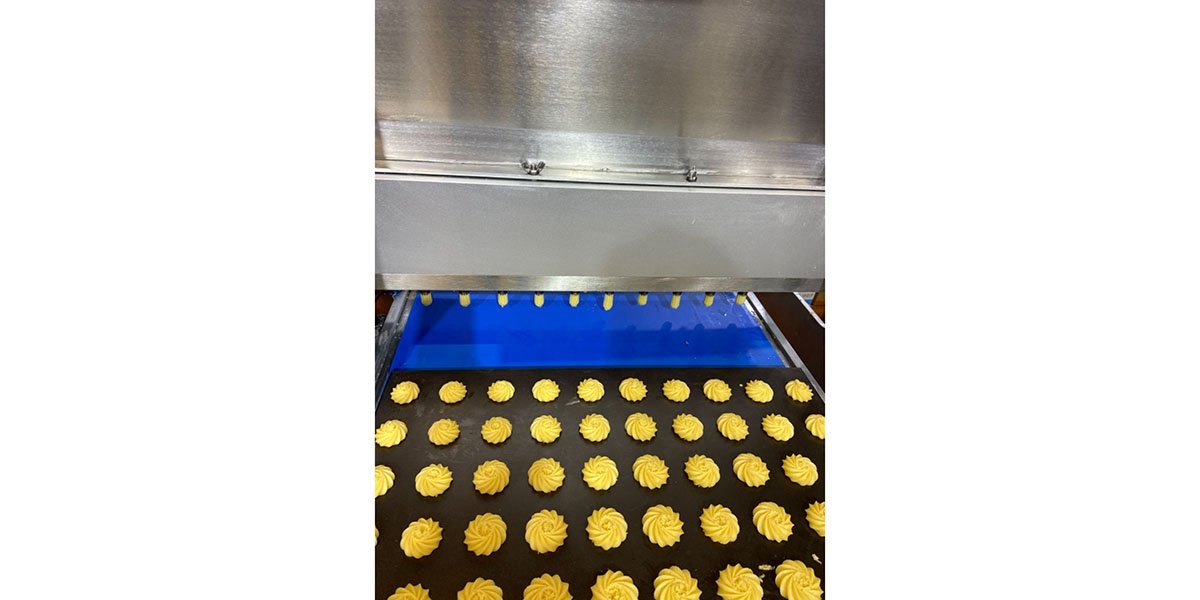
Selecting the ideal cookie depositor machine is crucial for bakeries aiming to enhance their production efficiency. This blog provides a comprehensive overview of the different types of cookie depositors available in the market and essential features to consider before making a purchase decision. By understanding the functionalities and best use cases of each type, readers can make an informed choice that aligns with their specific production needs.
Types of Cookie Depositor Machines
When it comes to cookie depositor machines, bakeries have a variety of options to choose from based on their specific production requirements. Understanding the functionalities and best use cases of each type can help bakery owners make an informed decision that aligns with their goals.
Drop Cookie Depositor
The Drop Cookie Depositor is a versatile machine that functions similarly to a pastry bag, depositing cookie dough onto trays in uniform shapes and sizes. Its functionality lies in its ability to streamline the process of creating round cookies efficiently. This type of depositor is ideal for bakeries looking to produce large quantities of consistently shaped cookies, making it suitable for high-volume production environments.
Best Use Cases:
-
Producing classic round cookies with precision
-
Enhancing efficiency in high-volume cookie production settings
-
Ensuring uniformity in cookie size and shape for a professional finish
Wire-Cut Depositor
The Wire-Cut Depositor offers a different approach to cookie deposition by shaping the dough and cutting it into precise thickness using a wire mechanism. This type of machine is perfect for bakeries that require cookies with specific shapes or designs, allowing for customization and creativity in cookie production. The wire-cut depositor provides accuracy and consistency in shaping the dough, resulting in visually appealing cookies.
Functionality:
-
Shaping cookie dough into desired forms
-
Cutting dough accurately to achieve consistent thickness
Best Use Cases:
-
Creating custom-shaped cookies for special occasions
-
Achieving uniformity in cookie thickness for professional presentation
-
Enhancing product differentiation through unique cookie designs
Rotary Cookie Machine
The Rotary Cookie Machine stands out for its versatility in producing embossed or imprinted cookies, adding decorative elements to the final product. This type of depositor is particularly suitable for butter and short dough style cookie recipes that benefit from intricate patterns or designs. The rotary feature allows bakers to experiment with various textures and finishes, elevating the visual appeal of their cookies.
Functionality:
-
Creating embossed or imprinted patterns on cookies
-
Offering flexibility in design options for decorative finishes
Best Use Cases:
-
Adding visual interest to butter or short dough style cookies
-
Experimenting with different textures and patterns for unique creations
-
Catering to customers who appreciate aesthetically pleasing baked goods
Key Features to Consider

When selecting a cookie depositor machine, bakeries must carefully assess key features to ensure optimal performance and efficiency in their production processes. Understanding the volume and production needs, machine size and space requirements, as well as the automation level can guide bakery owners in making informed decisions that align with their specific requirements.
Volume and Production Needs
For bakeries operating on a small-scale production basis, investing in a cookie depositor machine that caters to limited output requirements is essential. These machines are designed to handle lower volumes of dough while maintaining precision and consistency in cookie production. By considering the capacity of the machine in relation to the daily production demands, bakery owners can streamline their operations effectively.
In contrast, bakeries engaged in large-scale production must prioritize cookie depositor machines capable of handling high volumes of dough efficiently. These machines are equipped with advanced features that optimize productivity without compromising on the quality or uniformity of cookies. Investing in a high-capacity depositor ensures seamless workflow management and meets the demands of mass production environments.
Machine Size and Space
When evaluating space constraints within a bakery setting, it is crucial to select a cookie depositor machine that fits seamlessly into the available workspace. Compact machines with ergonomic designs offer practical solutions for limited spaces without compromising on functionality or performance. By optimizing spatial utilization, bakeries can enhance operational efficiency and workflow management.
Considering the machine footprint is equally important when choosing a cookie depositor machine, as it directly impacts the overall layout and organization of the production area. Machines with smaller footprints maximize floor space utilization while accommodating other essential equipment within the bakery setup. Prioritizing compact designs facilitates ease of movement and accessibility during operation.
Automation Level
Cookie depositor machines come with varying degrees of automation to suit different operational preferences within bakeries. Manual options provide flexibility and hands-on control over the deposition process, allowing bakers to adjust settings based on specific requirements. While manual operation requires more labor input, it offers customization possibilities for unique cookie designs.
Opting for semi-automatic options combines manual control with automated features to streamline production processes effectively. These machines offer enhanced efficiency by automating repetitive tasks while enabling operators to intervene when necessary. Semi-automatic depositors strike a balance between manual flexibility and automated convenience for optimized workflow management.
For bakeries prioritizing streamlined operations and increased productivity, fully automatic options provide advanced functionalities for efficient cookie deposition. These machines are equipped with intelligent systems that automate most aspects of the production process, from dough feeding to shaping and cutting. Fully automatic depositors minimize manual intervention while maximizing output consistency and quality.
Making the Final Decision
When considering the cookie depositor machine that best suits your bakery's needs, it is essential to evaluate critical factors that influence your final decision. By carefully assessing budget considerations and future scalability, bakery owners can make informed choices that align with their long-term goals.
Budget Considerations
Cost vs. Benefit
In the process of selecting a cookie depositor machine, bakery owners must weigh the cost against the benefits offered by different models. Understanding the financial implications of each option is crucial for making a sustainable investment that maximizes operational efficiency and productivity. By conducting a cost-benefit analysis, businesses can determine the most cost-effective solution that aligns with their budget constraints while delivering value in terms of performance and functionality.
To ensure optimal utilization of financial resources, bakery owners should prioritize machines that offer a balance between upfront costs and long-term benefits. Investing in a high-quality cookie depositor machine may require a significant initial investment; however, it can result in cost savings over time through improved production efficiency and reduced operational expenses. By evaluating the return on investment (ROI) associated with each machine, businesses can make strategic decisions that support their bottom line while enhancing overall competitiveness in the market.
Considering factors such as maintenance costs, energy efficiency, and potential revenue growth resulting from enhanced production capabilities is essential when assessing the cost-effectiveness of different cookie depositor machines. Bakery owners should also factor in additional expenses related to training staff on operating new equipment and any potential upgrades or modifications required to integrate the machine into existing production processes. By adopting a comprehensive approach to budget considerations, businesses can make well-informed decisions that align with their financial objectives and operational requirements.
Future Scalability
Long-term Planning
When investing in a cookie depositor machine, bakery owners should not only focus on meeting current production needs but also consider future scalability to accommodate business growth and expansion. Anticipating evolving demands and market trends is essential for making sustainable investments that support long-term success and profitability. By incorporating scalability into their decision-making process, businesses can future-proof their operations and adapt to changing industry dynamics effectively.
Long-term planning involves evaluating the capacity of cookie depositor machines to scale alongside business growth without compromising on performance or quality standards. Bakery owners should assess whether selected machines have the flexibility to accommodate increased production volumes, new product lines, or technological advancements within the industry. Investing in scalable equipment ensures operational continuity and minimizes disruptions caused by capacity constraints or outdated technology.
Furthermore, considering factors such as modular design options, upgrade possibilities, and compatibility with emerging technologies can enhance the scalability of cookie depositor machines over time. Bakery owners should collaborate with equipment suppliers to explore customization options tailored to their specific needs and future expansion plans. By fostering strategic partnerships with reliable vendors, businesses can access ongoing support and expertise to optimize machine performance and adapt to changing market conditions seamlessly.
By prioritizing budget considerations and future scalability when choosing a cookie depositor machine, bakery owners can make strategic investments that drive innovation, efficiency, and growth within their operations.
-
To summarize, understanding the functionalities and best use cases of each type of cookie depositor machine is crucial for informed decision-making.
-
Bakery owners should prioritize machines that align with their specific production needs to enhance efficiency and productivity.
-
It is recommended to choose a cookie depositor that caters to both current requirements and future scalability for long-term success.


